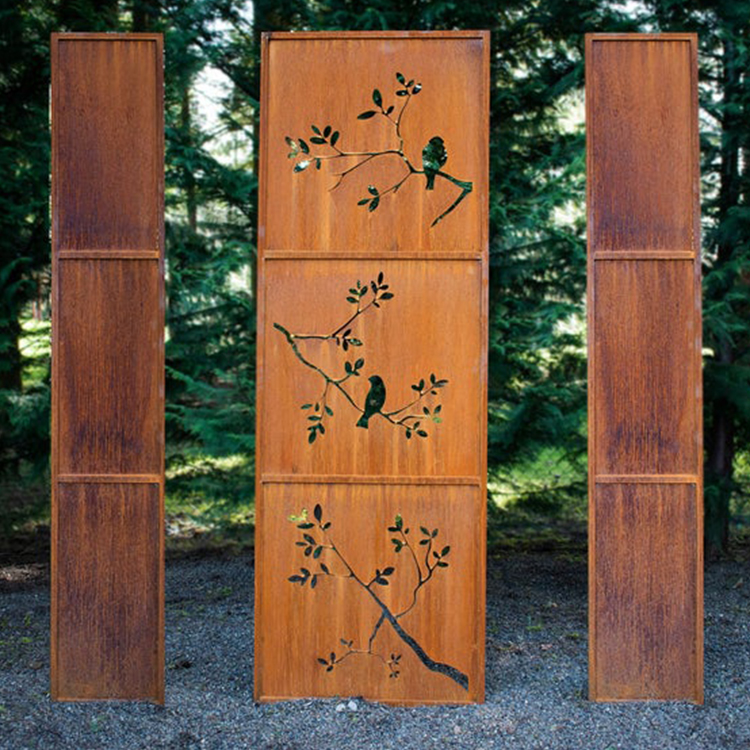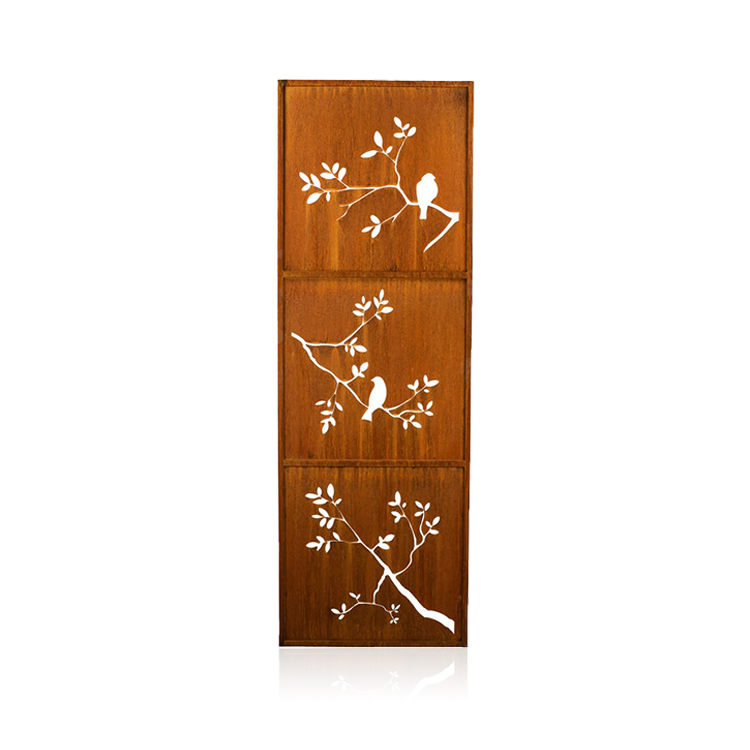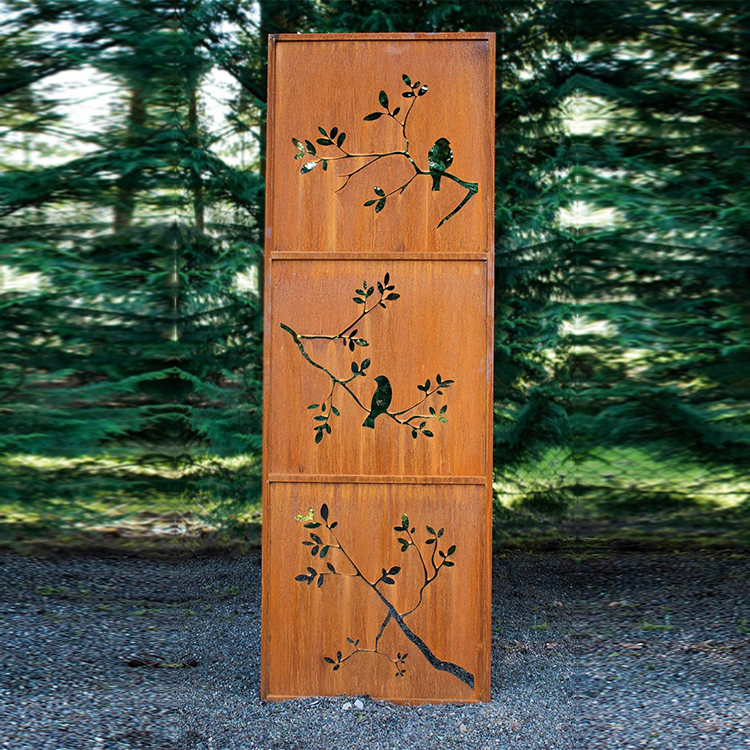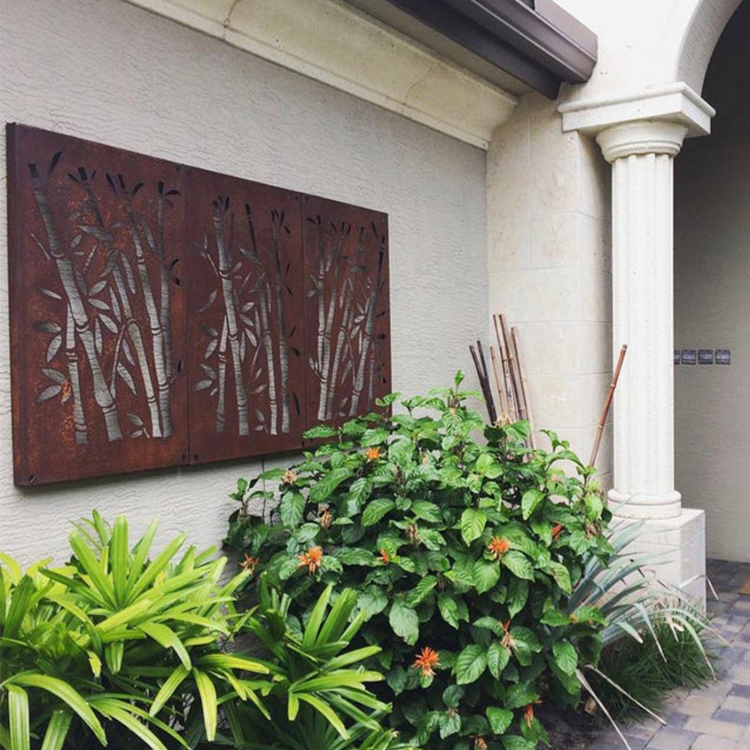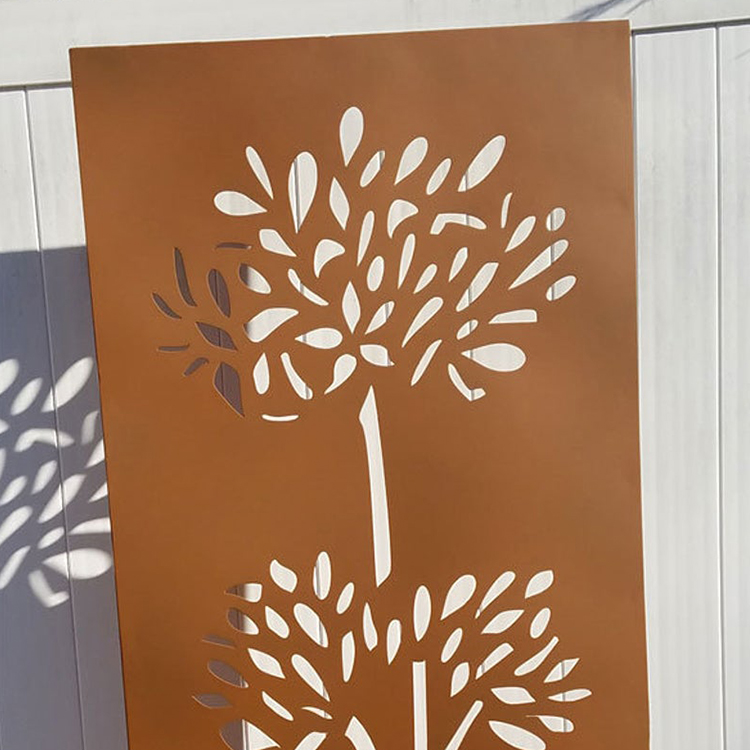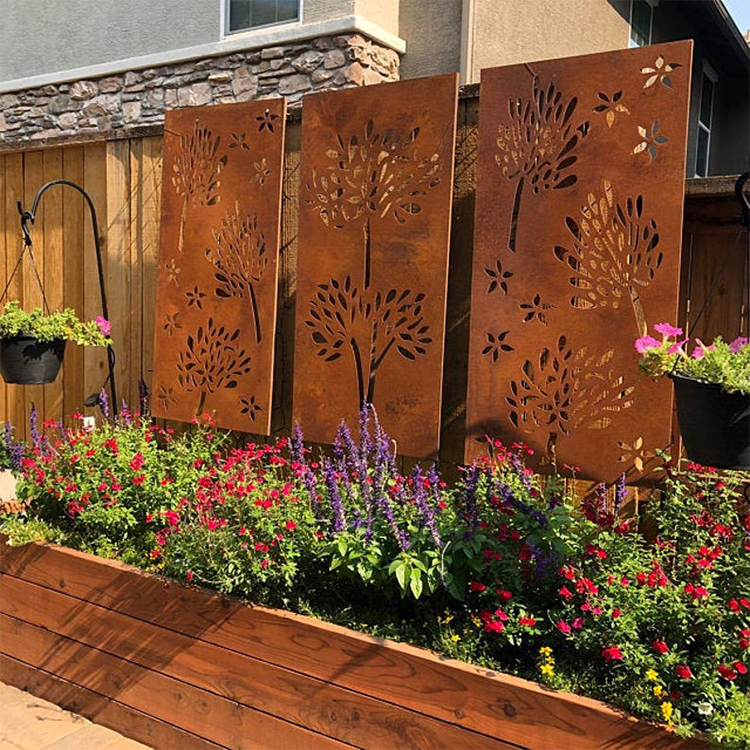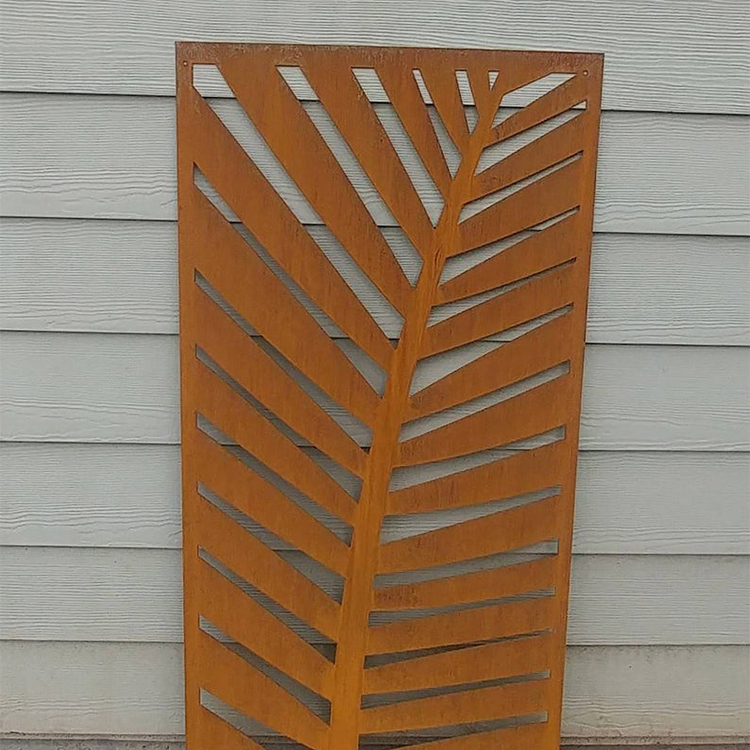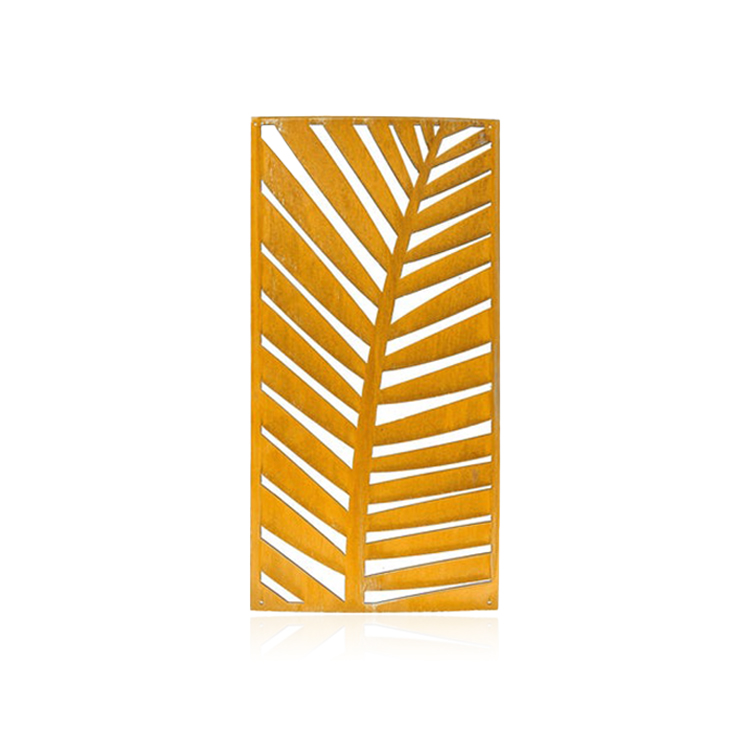
Tundish Nozzles for Steel Production
Tundish nozzles are an essential component in the steel production process, as they control the flow of molten steel from the tundish to the mold during casting. Here are some features of tundish n...
DESCRIPTION
Tundish nozzles are an essential component in the steel production process, as they control the flow of molten steel from the tundish to the mold during casting. Here are some features of tundish nozzles that are optimized for steel production:
- High-temperature resistance: Tundish nozzles used in steel production must be able to withstand high temperatures of up to 1600°C, as well as thermal shock and thermal cycling. Materials such as zirconia, alumina-carbon, and magnesia are commonly used for tundish nozzles in steel production, as they provide high-temperature resistance and excellent thermal shock resistance.
- Wear resistance: Tundish nozzles used in steel production are subject to wear and erosion from the continuous flow of molten steel. To minimize wear and prolong the lifespan of the nozzle, materials such as alumina-carbon and zirconia are often used, as they provide excellent wear resistance and are less susceptible to erosion.
- Precise flow control: Tundish nozzles used in steel production must provide precise flow control to ensure a consistent and stable flow of molten steel from the tundish to the mold. Flow control mechanisms such as internal pins, tubes, or cones are often used to regulate the flow of molten steel and prevent turbulence.
- Easy installation and maintenance: Tundish nozzles used in steel production must be easy to install and maintain to minimize downtime and maximize productivity. Graphite tundish nozzles are often used in steel production applications, as they are easy to machine and install, and provide a reliable and consistent flow of molten steel.
| zirconia tundish upper nozzle | Upper Nozzle | |
| Zirconia core | Outside | |
| ZrO2+HfO2(%) | ≥95 | |
| Al2O3(%) | ≥85 | |
| MgO(%) | ||
| C(%) | ≥3 | |
| Buik Density g/cm³ | ≥5.2 | ≥2.6 |
| Apparent porosity % | ≤10 | ≤20 |
| Crushing strength Mpa | ≥100 | ≥45 |
| Thermal shock resistance | ≥5 | ≥5 |
Related Products

